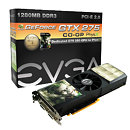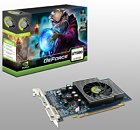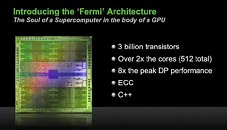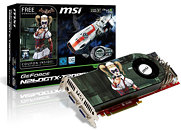
Inno3D Announces GeForce GT 240 Graphics Card
Inno3D are excited to announce the Inno3D GeForce GT 240 graphics card. The GeForce GT 240 opens up visually tantalising possibilities by providing the graphics processing power to manipulate the dullest of photos or home videos and transform them into your very own masterful creations. It also allows the viewing of flawless Adobe Flash 10.1 video in full screen HD and plays the latest games with fast frame rates and NVIDIA PhysX effects. Energise your multimedia with GeForce GT 240 graphics and equip your PC for the digital world.
The sheer power of the new Inno3D GeForce GT 240 is illustrated in the Vantage Performance chart above, towering over the performance of the 9600GT with great significance. This surely is a reflection of Nvidia's technological advancement from 9600GT to GT 240 whilst boasting an array of additional features raising the bar of the performance card.
The sheer power of the new Inno3D GeForce GT 240 is illustrated in the Vantage Performance chart above, towering over the performance of the 9600GT with great significance. This surely is a reflection of Nvidia's technological advancement from 9600GT to GT 240 whilst boasting an array of additional features raising the bar of the performance card.






























